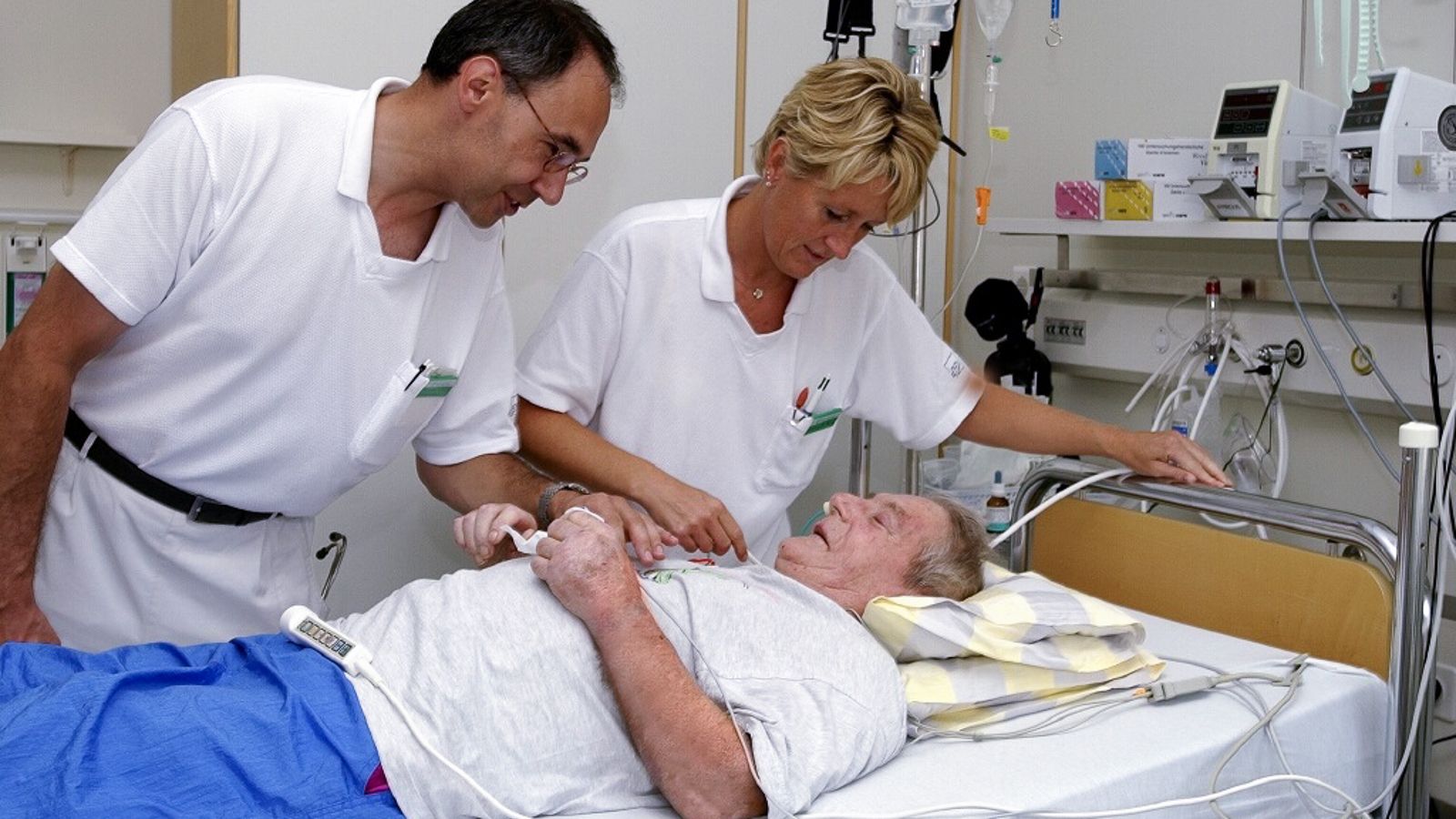I didn’t achieve as much as I wanted to. I still can’t walk!
Mr. Meier at the end of his Rehab-Cycle®
Despite the complications that arose, Mr. Meier was able to make progress in his Rehab-Cycle®, achieving two of his three cycle goals: mobility and general health status. This was clearly seen during the evaluation phase.
